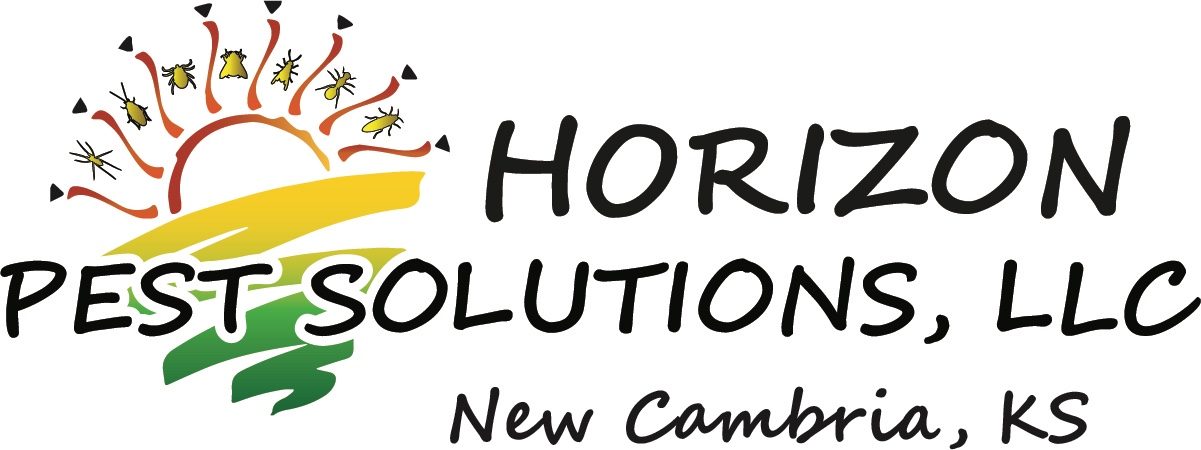You’re reading the title and thinking OMG! What is she gonna say now? It’s not what you think. Although, on the highway between my brain and mouth, the speed is around 120mph. My boss did say to me recently, “I would hate to be in your head.”
===============
My topic this time – How do you care for your pesticide sprayers?
I used to be one of THOSE technicians who took out all of the filters in my handheld sprayer. I was frequently irritated when the nozzle got clogged. I was frustrated when the spray lever was sticking. Gggrrrrr! came out of my mouth when the pressure adjustment screw wouldn’t turn. I took out that damn clogged screen, and left it out.
=============
I was new at applying residual sprays, and didn’t know much about SC, WP, G, CS, or any other formulation lettering. I read labels and SDSs. I mixed according to pest and location information. I just knew I was doing my best to follow all the rules.
I didn’t realize that taking out those filters was causing damage to my sprayer. It quickly put the application rate out of spec. It caused the repair rate, and cost of repairs, to increase. Yes, I USED to be THAT technician.
^^^^^^^^^^^^
I will admit, I hate cleaning and doing maintenance on my sprayer. I want it easy, like everyone. When I realized that I was replacing parts too frequently, I analyzed my processes.
I was leaving pesticide residue caked in the bottom of the spray tank, and possibly mixing incompatible chemicals. I was only using the fan tip setting on the nozzle. (It’s my favorite) More area, less time is not always the correct application method. I had the trigger set screw wide open. The speed at which I was applying probably wasn’t right. I wasn’t keeping proper pressure in the tank. Application was a full stream down to a dribble.
================
All of these behaviors were making the parts of that precious sprayer wear out. I compared costs of parts to repair the handle, nozzle, and pump -vs- just keeping the filters in place. THERE IS NO COMPARISON. All those replacement parts can cost more than $100 combined. The filters – less than $6, and can last a very long time, with cleaning.
I think I will just suck it up and do my cleaning and maintenance…. and keep the filters in place.

You bring up a good fact. Doing even the seemingly smallest things right can save frustration, time and money. Thank you for adding to my day.
LikeLiked by 1 person